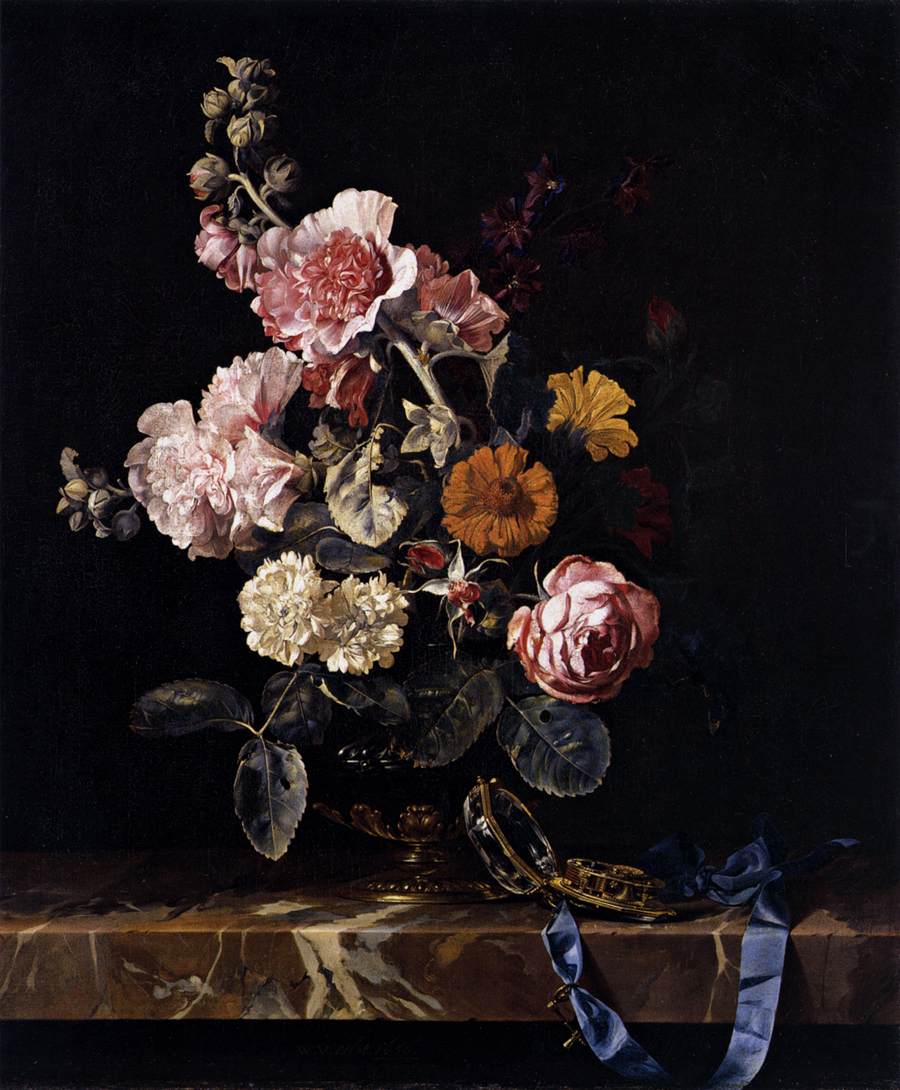

Van Aelst settled in Amsterdam in 1657, becoming famous for his ornate still lifes. Ironically, the Dutch nature painters that he met in Florence, known for their highly finished cabinet pictures, may have influenced Van Aelst's detailed, smooth style. His signature, Guillmo van Aelst, reflects his Italian experience. Van Aelst then traveled to Florence, where he served as court painter to Ferdinando II de' Medici, Grand Duke of Tuscany. In 1643 he enrolled in the Delft painters' guild and later in the 1640s worked in France. Still life painter Willem van Aelst learned his specialty from his uncle, a painter in Delft. Links to Cultural Heritage Policy Documents.Research Assistance at GCI Information Center.GCI Reference Collection (for materials analysis).Conservation Perspectives, The GCI Newsletter.All Getty Research Institute Publications.Aelst's still-lifes are distinguishable from those of other Dutch painters, being frequently littered with bric-б-brac of Renaissance antiquarianism. Van Aelst’s usual signature on paintings, Guillmo van Aelst, recalls his stay in Italy, as does the (occasional) use of his bent-name ‘Vogelverschrikker’ (scarecrow), which appears, for example, on a Still-life with Poultry (1658 Rijksmuseum, Amsterdam). There he met his fellow countrymen Matthias Withoos and Otto Marseus van Schrieck, the latter also a still-life painter, who probably influenced van Aelst’s detailed and smooth style, and with whom van Aelst returned to the Netherlands in 1656 - first briefly to Delft before settling in Amsterdam in 1657. From 1649 to 1656 he worked in Florence as court painter to Ferdinando II de’ Medici, Grand Duke of Tuscany. On 9 November 1643 he enrolled in the Delft painters’ guild and from 1645 to 1649 was in France. Willem’s earliest known work, a Still-life with Fruit (1642 destroyed in World War II), is likely to have been influenced by his uncle’s style. He specialized in still-lifes, as did his uncle and teacher Evert van Aelst of Delft (1602–57), whose name survives only in inventories and who died in poverty. He was a good draughtsman and vivid colourist. Van Aelst taught Rachel Ruysch, Isaac Denies, Maria van Oosterwijck, and Ernst Stuven.ĭutch still-life painter from Delft. He must have at Amsterdam died in 1683 or shortly thereafter, as his latest dated work is from that year. He became one of the most prominent still-life painters of his generation, which allowed him to live on the Prinsengracht. In 1656 he returned to the Netherlands to settle permanently in Amsterdam. Some interpreted this as a reference to a Bent name (the nickname that a member of the Bentvueghels would adopt) – De Vogelverschrikker (Dutch for ‘scarecrow’)- but there are no documents confirming this. This conjecture is based, not very convincingly, on his practice during the years 1657/58 to sign his works with his name followed by: ‘alias (and a drawn stick figure)’. It has been conjectured that Van Aelst visited Rome where he became a member of the Bentvueghels, an association of mainly Dutch and Flemish artists active in Rome. Ferdinando II publicly presented Van Aelst with a gold chain and medal, as a testimony of his approbation and an acknowledgement of his talents. At this time, the grand duke also employed two fellow Dutchmen Matthias Withoos and Otto Marseus van Schrieck, the latter also a still-life painter who probably influenced Van Aelst’s style. Here he was known as Guillielmo d’Olanda. In 1649 Van Aelst travelled to Florence, where he served as court painter to Ferdinando II de’ Medici, grand duke of Tuscany. On 9 November 1643 he enrolled as a master of the Guild of Saint Luke at Delft.īetween 16 he lived in France. He learned to paint from his uncle, the still-life painter Evert van Aelst. Van Aelst was born in Delft to a family of prominent city magistrates. Willem van Aelst ( – in or after 1683) was a Dutch Golden Age artist who specialized in still-life painting with flowers or game.


 0 kommentar(er)
0 kommentar(er)
